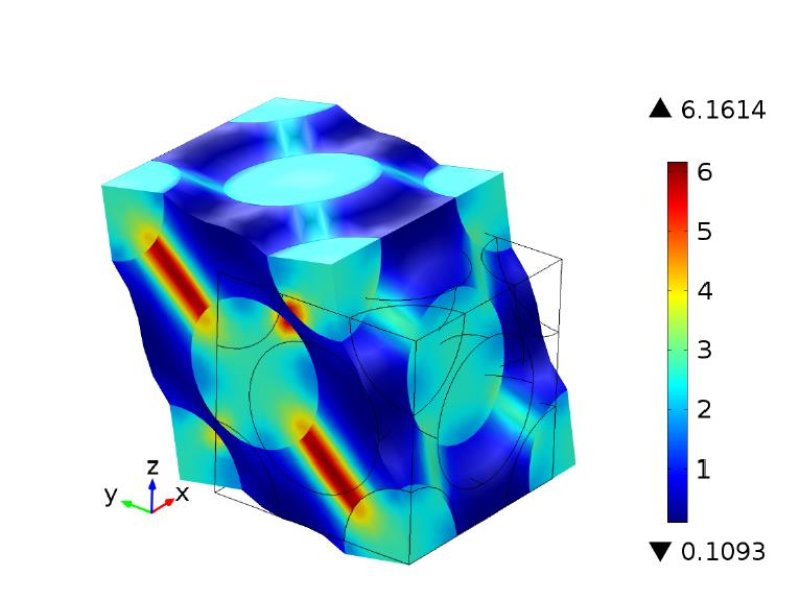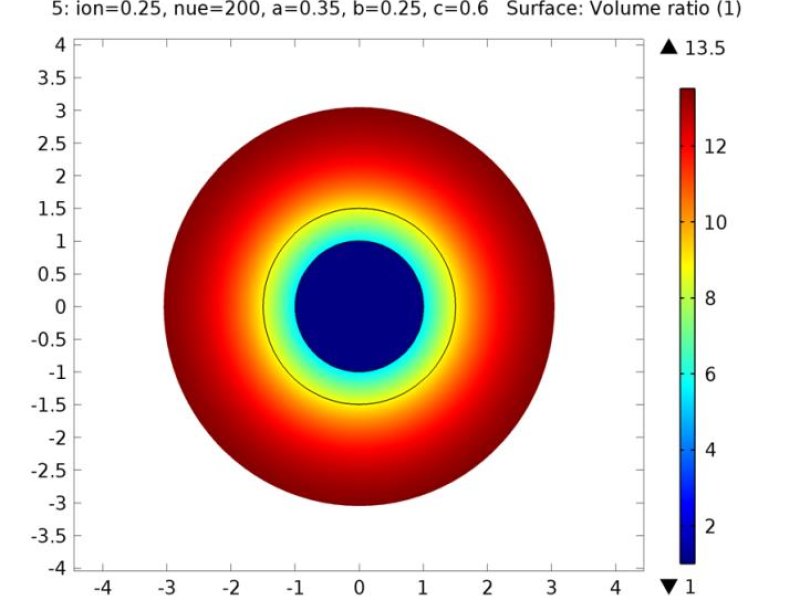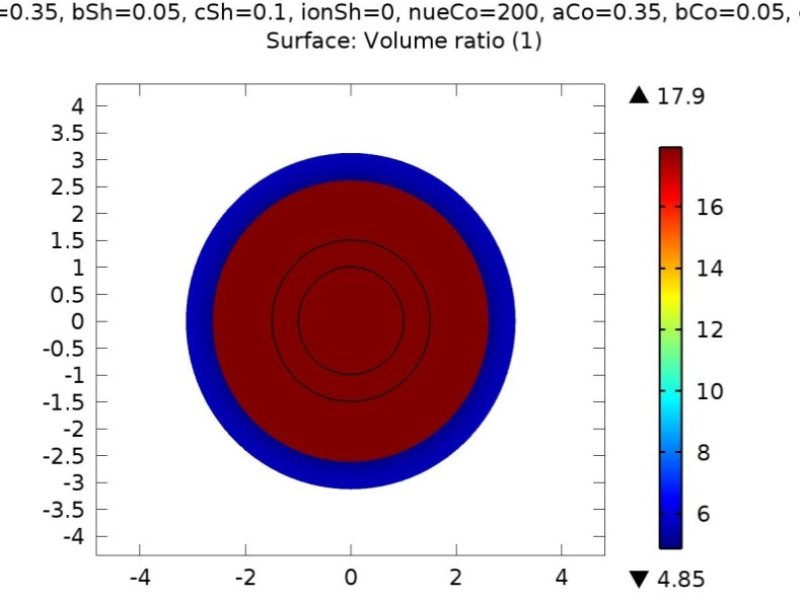Multiphysics modeling of "stimuli-responsive" hydrogel constructs using the finite element method
Advisor: Ján Šomvársky (DMP FMP CUNI)
Funding: Basic
Website: http://kmf.troja.mff.cuni.cz/
Contact: jan.somvarsky@mff.cuni.cz
Macromolecular or polymer (hydro)gels are formed by a (hyper)elastic cross-linked polymer and a solvent that penetrates the elastic network and causes large-volume deformations (swelling, shrinkage). Certain gels are able to react by a sudden change in volume (mechanical change) to non-mechanical stimuli from the surrounding environment, such as changes in temperature, pH, the concentration of ions, and exposure to light or electric voltage. Hydrogels are prepared in the form of microscopic and macroscopic objects, e.g. thin films, fibers, spherical particles, porous bodies, etc., prepared from one or more types of layered gels - so-called gel constructs. Recently, 3D printing methods, such as "masked stereolithography" and microfluidics, have also been used to create these objects. Hydrogels and hydrogel constructs find use in engineering applications, e.g., in water regeneration, sensor and biochip development, actuators, and especially in biomedical applications as implants or drug carriers and in tissue engineering as special 2D and 3D substrates for cultivation.
The behavior of such materials as e.g. core-shell particles (core and shell are made of different gels) or particle composites (solid filler particles in a cross-linked gel matrix) is very varied and complex. The contact of two materials generates constraints and, due to swelling, force fields. During the penetration of the solvent, the system may pass through a point of instability (buckling), phase separation of the gel may occur (the phases differ in the degree of swelling), etc.
The thesis aims to create models of such systems using available software packages based on the finite element method and to study the selected systems in equilibrium and transition processes. It is, therefore, an interaction of at least two physical phenomena: mechanics and diffusion. The goals of the thesis can be extended to the field of the theory itself, namely to the polymer-solvent interaction model (Flory-Huggins model and its variants) and to elastic models and especially to their combination, which currently contains a certain incompatibility.




